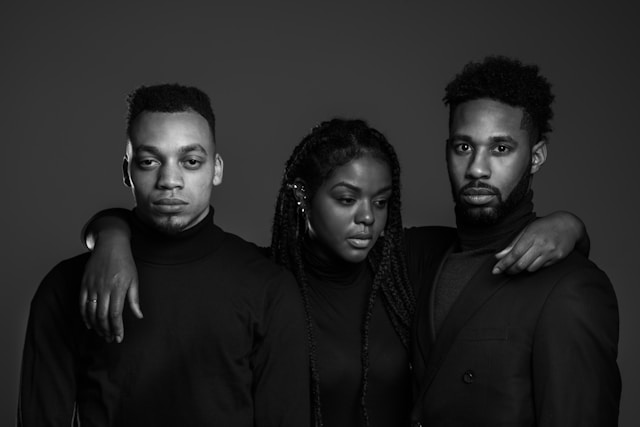While skincare is essential for both men and women, there are notable differences in their skin biology, concerns, and grooming habits. Understanding these distinctions can help individuals tailor their skincare routines to better meet their unique needs. In this article, we’ll explore the key differences between men and women’s skincare and offer insights into how each gender can achieve optimal skin health.
1. Skin Biology
Men’s skin tends to be thicker and oilier than women’s due to higher levels of testosterone. This increased oil production can lead to a higher likelihood of acne and enlarged pores in men. On the other hand, women’s skin is typically thinner and more prone to sensitivity, making them more susceptible to issues like redness, dryness, and premature aging.
2. Hormonal Influences
Hormonal fluctuations play a significant role in both men and women’s skincare concerns. For example, fluctuations in testosterone levels can contribute to increased oil production and acne in men, particularly during puberty. Women experience hormonal changes throughout their menstrual cycle, pregnancy, and menopause, which can affect skin hydration, oiliness, and elasticity.
3. Skincare Concerns
While men and women may share some common skincare concerns, such as acne, dryness, and signs of aging, they often prioritize these concerns differently. Men are more likely to seek products that offer simplicity and convenience, focusing on basic skincare routines that address specific concerns like acne or razor burn. Women, on the other hand, tend to place greater emphasis on a multi-step skincare regimen that targets a wide range of concerns, including hydration, brightening, and anti-aging.
4. Shaving Habits
Shaving is a common grooming ritual for many men, and it can have a significant impact on their skincare needs. Regular shaving can cause irritation, razor burn, and ingrown hairs, making it essential for men to use products that soothe and protect the skin, such as pre-shave oils, shaving creams, and aftershaves. Women may also shave certain areas of their body, but they often have different shaving techniques and concerns, such as avoiding irritation in sensitive areas like the bikini line.
5. Product Preferences
Men and women often have different preferences when it comes to skincare products and packaging. Men tend to gravitate towards products that are labeled as “men’s” or have masculine packaging, while women may prefer products that are marketed specifically towards them with feminine scents and packaging. However, the efficacy of a skincare product is not determined by its gender-specific marketing but rather by its ingredients and formulation.
6. Sun Protection
Both men and women benefit from regular sun protection to prevent sun damage and premature aging. However, studies have shown that men are less likely to use sunscreen consistently compared to women. Encouraging men to incorporate sunscreen into their daily skincare routine can help protect their skin from harmful UV rays and reduce their risk of skin cancer and premature aging.
7. Aging Concerns
While both men and women experience aging, the signs of aging may manifest differently due to variations in skin structure and hormone levels. Men often develop deeper wrinkles and lines due to thicker skin and greater sun exposure, while women may experience more subtle changes in skin texture and elasticity. Tailoring skincare products and treatments to address specific aging concerns can help individuals maintain a youthful and healthy complexion as they age.
In conclusion, while men and women’s skincare may share some similarities, there are also distinct differences in their skin biology, concerns, and grooming habits. By understanding these differences, individuals can better customize their skincare routines to address their unique needs and achieve optimal skin health and vitality.

